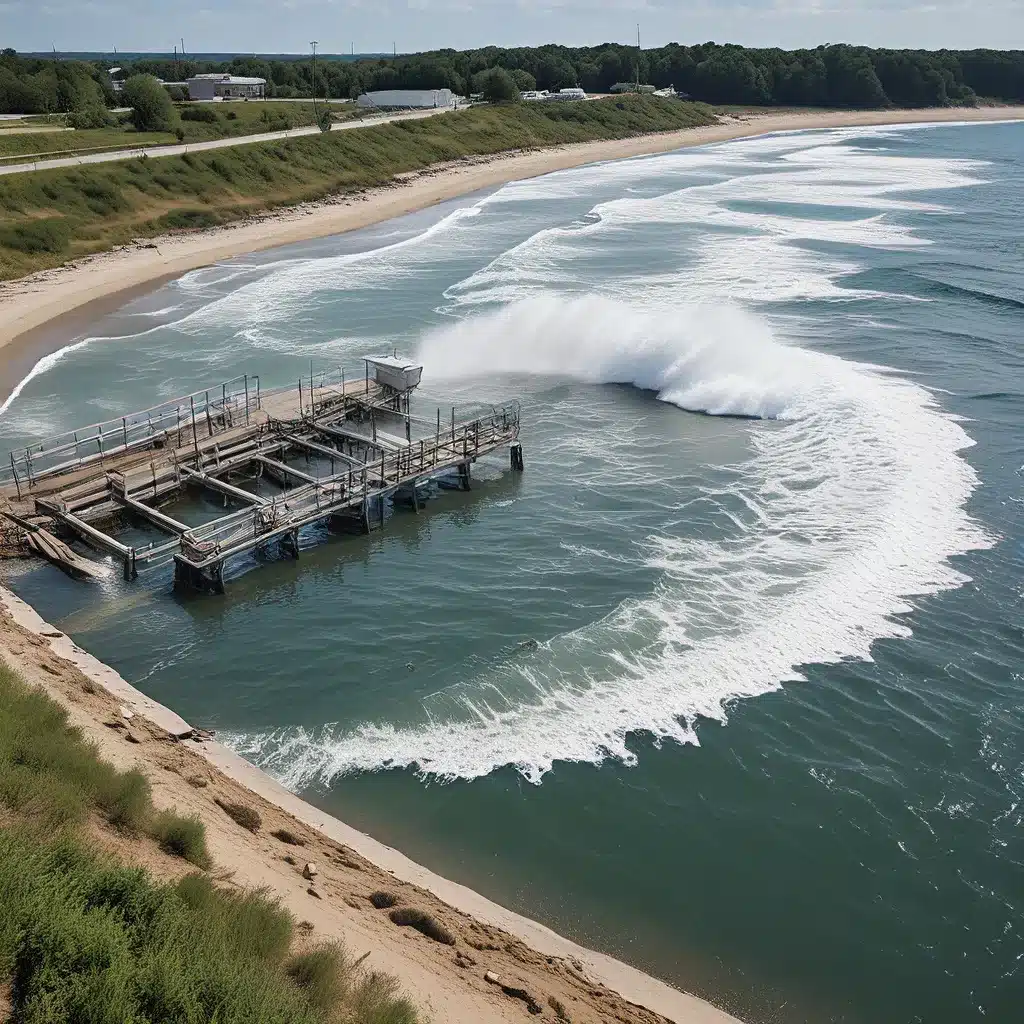
Bracing for the Storm: Preparing Water Systems for Extreme Weather
As climate change continues to unleash its fury, communities across the globe are facing a new reality – one where extreme weather events, from scorching heat waves to devastating floods, have become the norm rather than the exception. And when disaster strikes, the repercussions can be far-reaching, with our most vital infrastructure bearing the brunt of the impact.
Take the case of Hurricane Ida, which swept through the southern United States in 2021, leaving a trail of destruction in its wake. In Louisiana, the storm’s powerful winds and torrential rains crippled the water treatment facilities, leaving hundreds of thousands of people without access to clean, potable water. Imagine the unimaginable – no water for drinking, cooking, or basic hygiene, just when you need it the most.
As the FEMA Climate Adaptation Planning Guide highlights, climate-related risks like this are only expected to intensify in the years ahead. So, how do we, as a society, ensure that our water treatment infrastructure is resilient enough to withstand these challenges? The answer, it seems, lies in a comprehensive approach to adaptation and emergency preparedness.
Equipping for the Unexpected: Innovative Water Treatment Solutions
At Inland Waters Inc., we’ve been at the forefront of developing innovative water treatment solutions that can withstand the test of extreme weather. Our team of experts has been exploring cutting-edge technologies and strategies that can not only safeguard our water systems during emergencies but also enhance their overall efficiency and sustainability.
One such innovation is our mobile water treatment units. Designed to be deployed at a moment’s notice, these self-contained systems can quickly restore access to clean water in areas where traditional infrastructure has been compromised. Powered by renewable energy sources and equipped with advanced filtration and disinfection capabilities, these units can operate independently, ensuring that communities can bounce back from disasters without skipping a beat.
But it’s not just about having the right equipment on hand. As the EPA’s Strategies for Climate Change Adaptation suggests, effective emergency response also requires careful planning and coordination. That’s why we’ve been working closely with local authorities and emergency management agencies to develop comprehensive disaster response plans that seamlessly integrate our water treatment solutions.
Building Resilience: Adapting Water Treatment for the Future
Of course, the challenge of adapting water treatment systems for extreme weather events goes beyond just emergency response. As the impacts of climate change continue to manifest, we must also consider longer-term strategies to fortify our infrastructure and ensure its resilience in the face of these new realities.
One key approach is to incorporate green infrastructure into our water management plans. By integrating natural elements like permeable surfaces, green roofs, and urban forests, we can not only reduce the strain on traditional water systems but also create a more sustainable and adaptable environment. These nature-based solutions don’t just mitigate the effects of flooding and heat waves – they also enhance the overall livability of our communities.
As the EPA’s guidance on Adapting to Heat suggests, another critical aspect of building resilience is to prioritize energy efficiency and conservation. By reducing the energy demands of our water treatment facilities, we can help safeguard the reliability of the broader power grid, especially during times of peak stress like heat waves.
But the truth is, there’s no one-size-fits-all solution when it comes to adapting water treatment for the challenges of the future. It’s a complex and ever-evolving landscape, one that requires a collaborative, multi-faceted approach. That’s why at Inland Waters Inc., we’re constantly engaging with industry experts, policymakers, and community stakeholders to stay ahead of the curve and develop innovative, tailored solutions that can meet the unique needs of each region.
Embracing the Waves of Change: A Call to Action
As we look to the horizon, it’s clear that the future of water treatment will be defined by our ability to adapt and innovate. The storms are coming, and we must be ready to meet them head-on. But this isn’t just a challenge for water treatment professionals – it’s a call to action for all of us, as citizens and stewards of our shared resources.
By investing in resilient water infrastructure, embracing green solutions, and fostering cross-sector collaboration, we can not only safeguard our communities from the ravages of extreme weather but also create a more sustainable, livable future for generations to come. It’s a daunting task, to be sure, but one that is essential if we are to truly ride the waves of change and emerge stronger on the other side.
So, let’s dive in, shall we? The future of our water supply – and our very way of life – depends on it.


